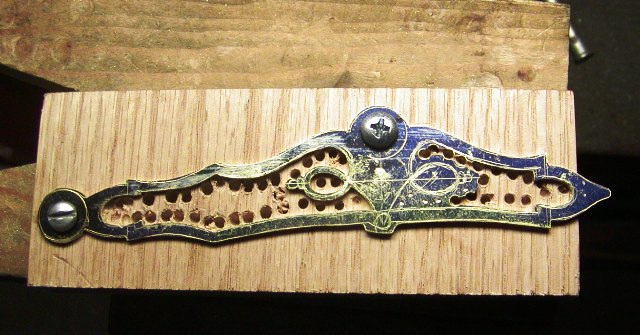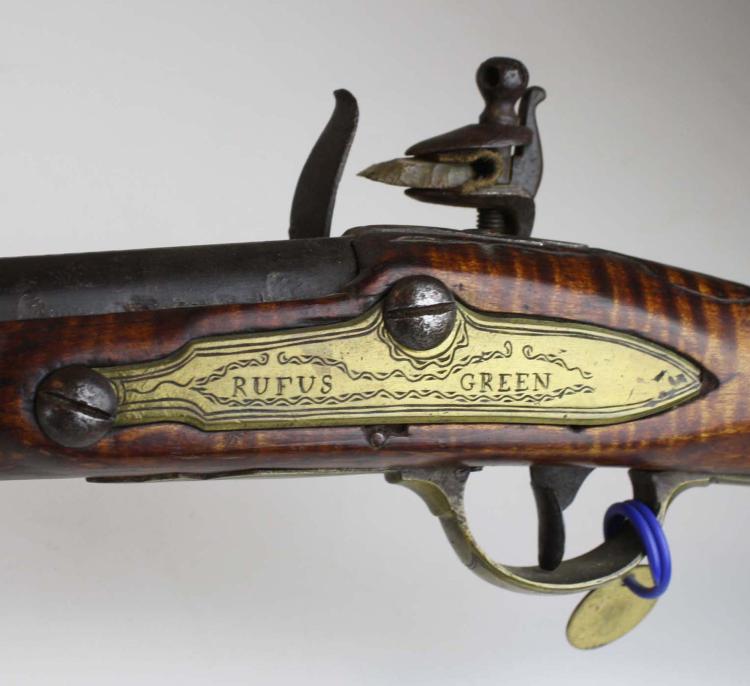Hi Bob,
This is easy to do. Track of the Wolf also sells 1/8" thick brass sheet. Take a piece of paper, place it over the mortise and rub it with the side of a pencil. That will copy the outline of the plate. Then cut out the shape and glue it on the metal. You could also trace the rubbing on to card stock using carbon paper and cut out the card board copy. Then trace that on the metal with a scribe or better, coat the metal with Dykem blue lacquer and trace the card board pattern with a scribe. Cut the metal slightly over size so you can custom fit it into the mortise. If you have a jeweler's saw, drill holes all the way around the edges of the plate and then use the saw to cut the metal between the holes.
That speeds up the cutting.
That side plate design on your stock is common for New England guns. If you desire a fancier plate, you can certainly fill the mortise with wood and cut a new mortise for a different plate but I urge you to do research and choose a design appropriate for a New England gun. Before doing any of that, I would try to wipe out the existing poorly cut lock panel edges and reshape the panels properly.
dave








